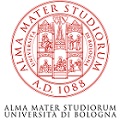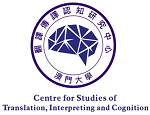We investigate whether co-activation of both source and target language have an influence on translators' behaviour. We measure syntactic variation in translated and post-edited texts. Hartsuiker et al (2004) argue that syntax is shared across languages. A recently activated syntactic structure is therefore likely to influence subsequent processing, thus priming it. Low variation could, thus, be taken to be a sign of priming. To test the hypothesis whether syntactic variation has an effect on cognitive effort, we compared five data sets comprising translation and post-editing data of the same English source texts translated into Danish, German, Spanish and Hindi and data from monolingual copying of the same English source texts. The data was manually annotated along three features: valency of the verb, voice and clause type. Our analyses reveal a positive correlation between syntactic variation and total reading time per source word as well as production time during translation. However, no effect of syntactic variation on source text reading could be detected in the post-editing data, suggesting that the post-editors were primed by the MT output.










































